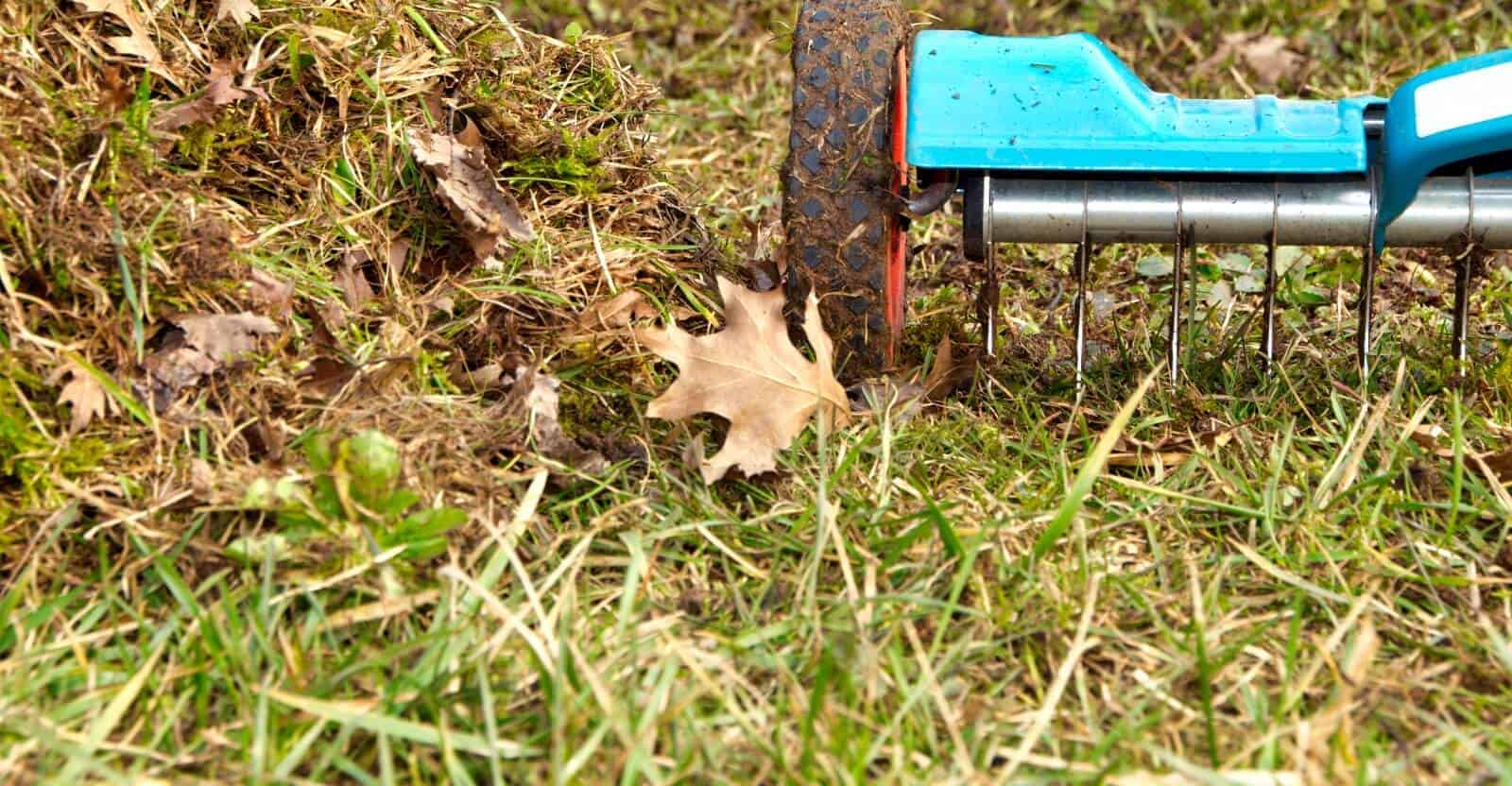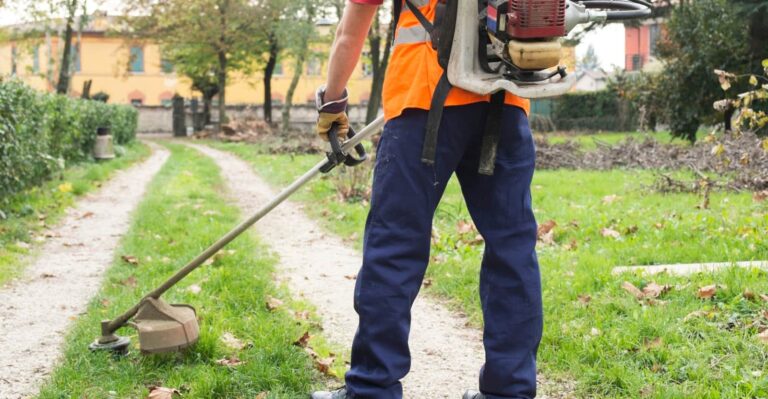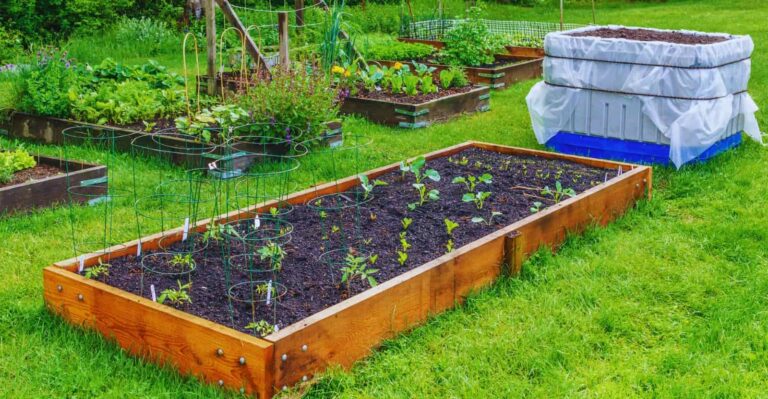Amazon has put together some great Home Gift Deals – save money and get your shopping done at the comfort of your home! Click here to see deals on Amazon
In today’s article, we’ll explore everything that goes into aerating the lawn and answer some of the most frequently asked questions about aeration, including how often to aerate a lawn.
It doesn’t matter what type of grass you have on your lawn. Aeration can help it to remain healthy and look beautiful. So, to answer your question, how often to aerate a lawn, you should aerate it once a year.
Without wasting time, let’s get started.
When is the best time to aerate your lawn?
Regular aeration is vital for a beautiful and healthier garden and lawn care. However, it’s essential to know how often and when to aerate your lawn.
There is no doubt about the benefits of aeration as it improves airflow around the turfs and enhances water and nutrients uptakes.
However, also remember that aeration induces temporary stress to the turf, and it needs some time to recover from this stress.
Here is a table of grass types and the suitable time to aerate it.
| Type | Grass | Aeration Time |
|---|---|---|
| Warm Season Grass | Bahia Grass, Bermuda Grass, Buffalo grass, Carpet Grass, Centipede grass, Saint Augustine Grass, Zoysia Grass | Late spring to early autumn (May to September) |
| Cool Season Grass | Rye Grass, Creeping Red Fescue, Kentucky bluegrass, Perennial Ryegrass, Tall Fescue | CharactFall and Early Spring (October to April)eristic 2 |
To put it simply, the best time to aerate a lawn is when the grass is in a growing mode. You can encourage turf growth by mowing it a few times before aerating it.
The faster growth helps the grass recover quickly and benefit from more space between turfs and improved airflow to the roots. You shouldn’t aerate a lawn that is dormant as it causes extra stress to the grass and hinders the growth.
However, be aware that the aeration sometimes brings weed seeds buried in the ground to the top and increases the competition for resources to the garden turfs.
You can reduce the weed by applying a pre-emergent weed killer before you aerate. This may not be a practical solution if you plan to grass seed your lawn after aeration.
Fortunately, you don’t have to aerate as often for lawn care. For most lawns aerating it once a year is sufficient to maintain healthy and growing gardens. If your yard contains compact plugs of soils or a high amount of clay, you can aerate it twice a year.
Is it necessary to aerate your lawn every year?
Aeration boosts the overall health of the lawn. But it’s unnecessary to aerate it every year as long as you have healthy and thriving grass in your yard.
You may consider aerating your lawn if you have a compact or clay type of soil as these soils have very poor porosity. It may happen if you have heavy equipment such as a commercial mower or heavy foot traffic in your area that causes the ground to get compacted.
Like other plants, the grassroots need proper airflow to its root, and the loose ground helps it to absorb nutrients and water. You can check if your lawn requires aeration by removing 6 inches of deep soil from the field and checking the root growth.
The grassroots like to spread. If you see it only extends a couple of inches from the main root, then it means it’s not getting enough space to cover, and the ground is compacted. In that case, you can do the aeration to get the most benefit from it.
Is it worth to aerate your lawn?
For lawn care, aeration needs some additional work. First, you need to decide whether aeration is going to provide your yard the long-lasting benefit.
Regardless of your lawn condition, most often, aeration brings several benefits.
Here are some reasons that you should aerate your lawn.
- Aeration allows the grassroots to grow deep and become robust. The aeration makes the gaps in the ground that allows roots to spread further and grow stronger and healthier.
- Aeration enables water to penetrate deep under the soil. A heavily compacted soil becomes less porous, and the ground may not be able to absorb the water thoroughly. The aeration allows the ground to soak water more efficiently.
- It enables the passage of water and nutrients more in-depth into the ground. The grassroots can use these to grow healthier.
- Reduces the thatch and debris from accumulating in the lawn.
Remember that aeration is a physically intensive task even when you use a machine. It causes additional stress to the lawn. You must consider both factors when deciding whether or not to aerate your lawn.
Read More: 10 Best Small Garden Tiller Reviews and Buying Guide in 2021
Can you over aerate the lawn?
Aeration isn’t a part of a regular yard maintenance schedule, and usually, you shouldn’t do it more than once or twice a year. It should be done on a need basis as it also causes stress to the lawn.
As explained earlier, you should aerate your lawn when the grass is in growing mode to recover quickly from the stress caused by the aeration. Over aerating your lawn could damage the yard due to excessive stress on the turf and not enough time for it to recover.
For the best result, you should stick to a maximum of once or twice a year aerating your lawn.
How can you aerate lawn cheaply?
The aeration process is quite easy to do, and there are several low-cost aerating tools available. It can help you get the job done in the least possible time and effort.
But if the cost is the factor, then there are several DIY aeration tools that you can build yourself using regular household materials.
Here are some DIY aerating tools that you can build cheaply.
DIY Lawn Aerator Shoes
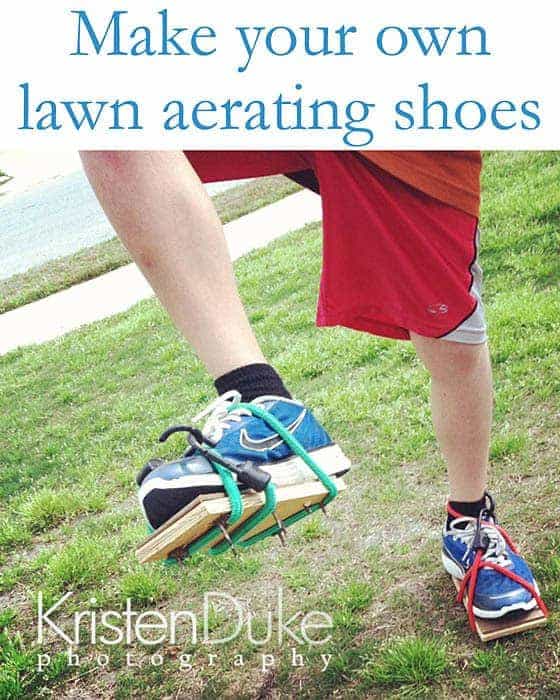
You can make lawn aerator shoes from a couple of thick wooden boards and hammer some nails on it. You can use a rope to tie it up in your shoes and simply walk on the lawn. Need some inspiration, check this out.
Lawn Aerator Slipper
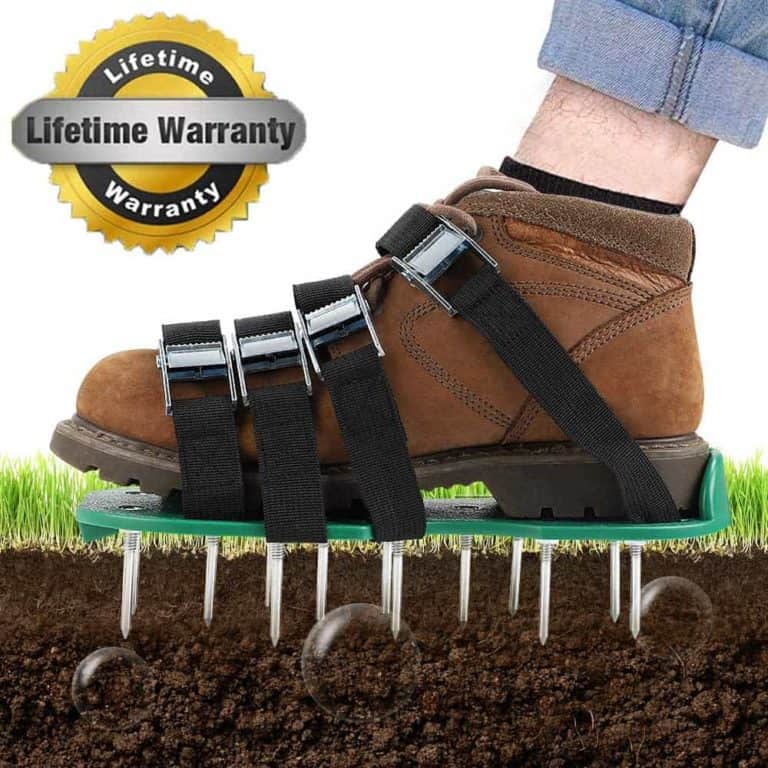
It’s another variation of lawn aerator shoe but a bit more polished. You can buy it from here, and this works without any hassle. You can quickly strap these on your feet and then walk into the lawn. You can buy it from here.
Repurpose Bucket Lawn Aerator
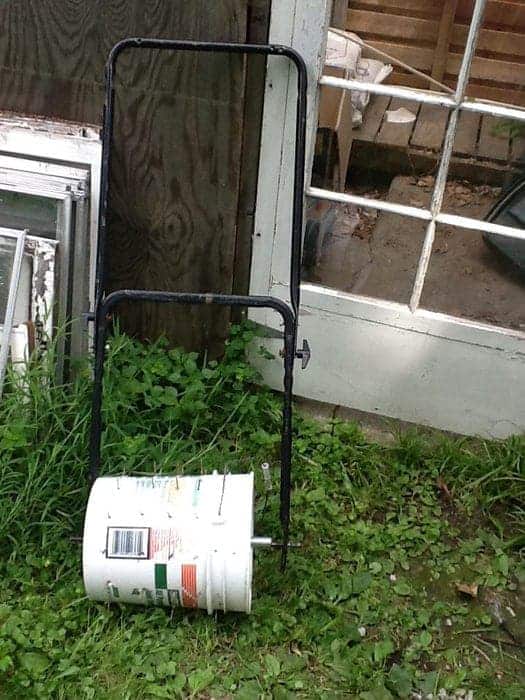
If you have a large empty bucket lying around, you can make your lawn aerator roller. First, secure nails in the bucket and fill it up with dirt. You can attach a pushing rod to it, and your push lawn aerator is ready.
For detailed instruction, check out this guide.
How to aerate the lawn by hand?
For a small size yard, you can aerate it with a hand. You can do it either through a hand aerified tool or using a pitchfork or spading fork.
For the best result, aerate it when the soil isn’t too wet. Once you’re ready to aerate, push a hand aerifier hollow tubes in the ground and then pull it out. Maintain proper spacing and don’t dig too deep in the field.
Clean the tube, and if there is soil sticking into it, you can use a screwdriver to push it out. You can repeat the process until you have covered the whole area.
You can leave the removed soil on the lawn as it goes back into the ground. Keep in mind that manually it’s a labor-intensive process but gives you the same result as any other professional aerator.
What is the best lawn fertilizer after aeration?
You can overseed and fertilize right after aeration as the lawn is ready for it. The aerator makes tiny holes in the ground. It provides an excellent opportunity for the seeds to grow and deliver fertilizer directly to the grassroots.
Using a slow-release lawn fertilizer is the best way to encourage growth in the lawn. You can use Milogranite Slow-Release Nitrogen fertilizer to get the best results.
The use is straightforward, as you mix four parts of fertilizer with 1 part of the seed and spread it on your lawn.
Should you Thatch or Aerate? And the dethatching lawn tips.
For a new gardener, thatching may sound similar to aerating. But thatching is the process of removing a layer of living and dead grass shoots, roots, and stems from the soil surface.
A thatched layer hinders the root growth and makes grass become weak. The thatching process is more geared toward removing the dead roots. The aeration may appear to be the same, but it involves making the soil less compact.
You should thatch when it has grown over ¾ inch thick as it causes the pest and disease to develop. Dethatching removes this thick layer of dead grassroots. It improves the airflow so the plant can absorb nutrients and fertilizers more effectively.
Here are some dethatching tips:
- Before you dethatch, mow your lawn as it helps remove dead roots from the surface
- Use a dethatching rake and pull it upward as you remove thatch.
- Know any underground irrigation system in the lawn. Mark it with a flag, so you don’t accidentally damage it.
- Remove cleaned up dead roots to prevent any infection or spread of the fungus.
After dethatching, you should lightly fertilizer your lawn as it helps with recovery.
Where can you get lawn aerator rental?
You can get lawn aerator rental from your local hardware store. Most Home Depot, Lowes, and Walmart have a rental program.
You can book these rentals online through the company website or walk into the local store and talk to their customer associate for the rent. Bring your ID and credit card with you to fast process the rental application.
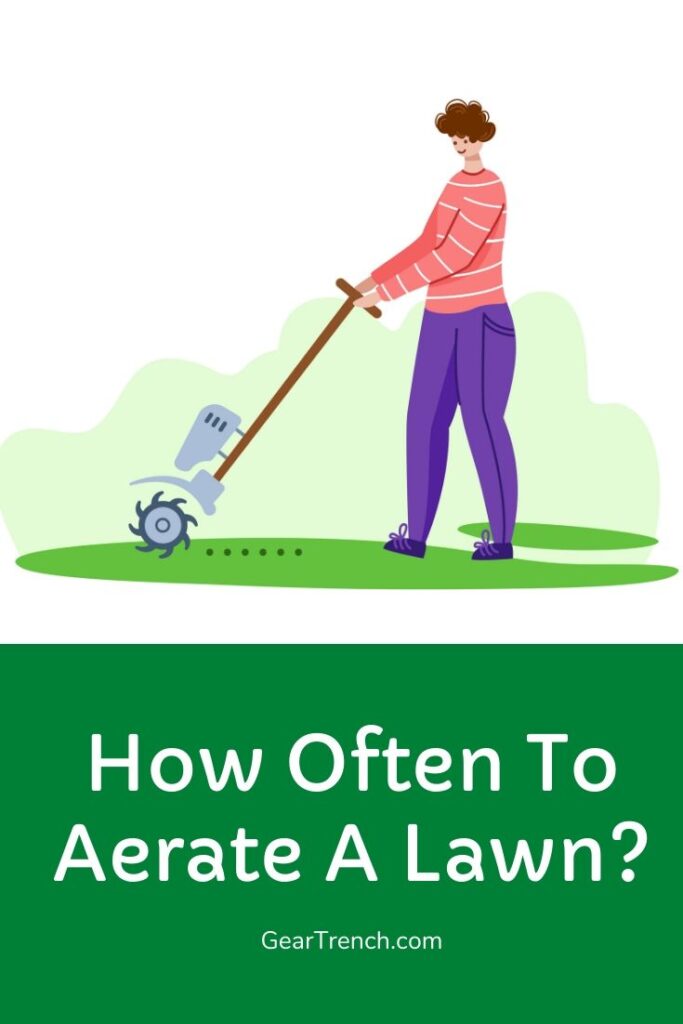
Don’t forget to share this post

